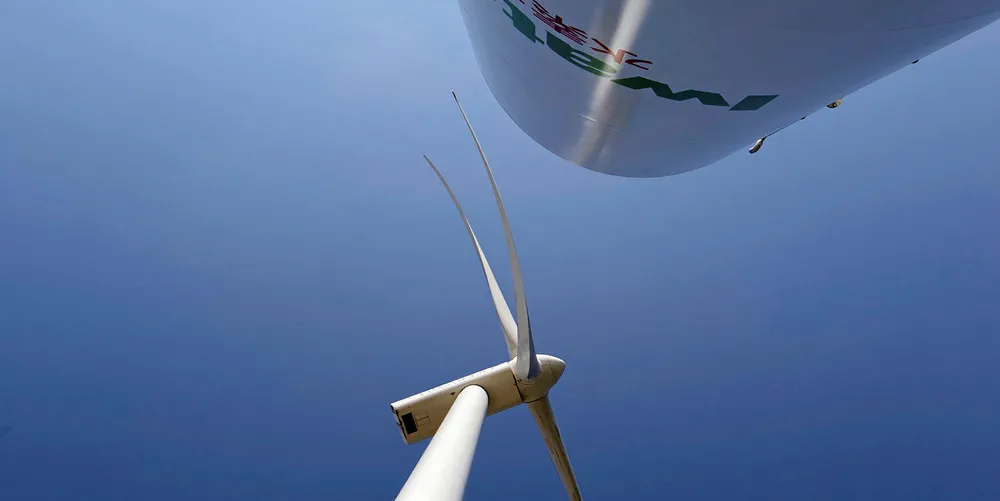Renewables to help UK reap early green hydrogen cost-benefits
RenewableUK report says green fuel set to become cost-competitive more quickly thanks to clean generation base

RenewableUK report says green fuel set to become cost-competitive more quickly thanks to clean generation base
